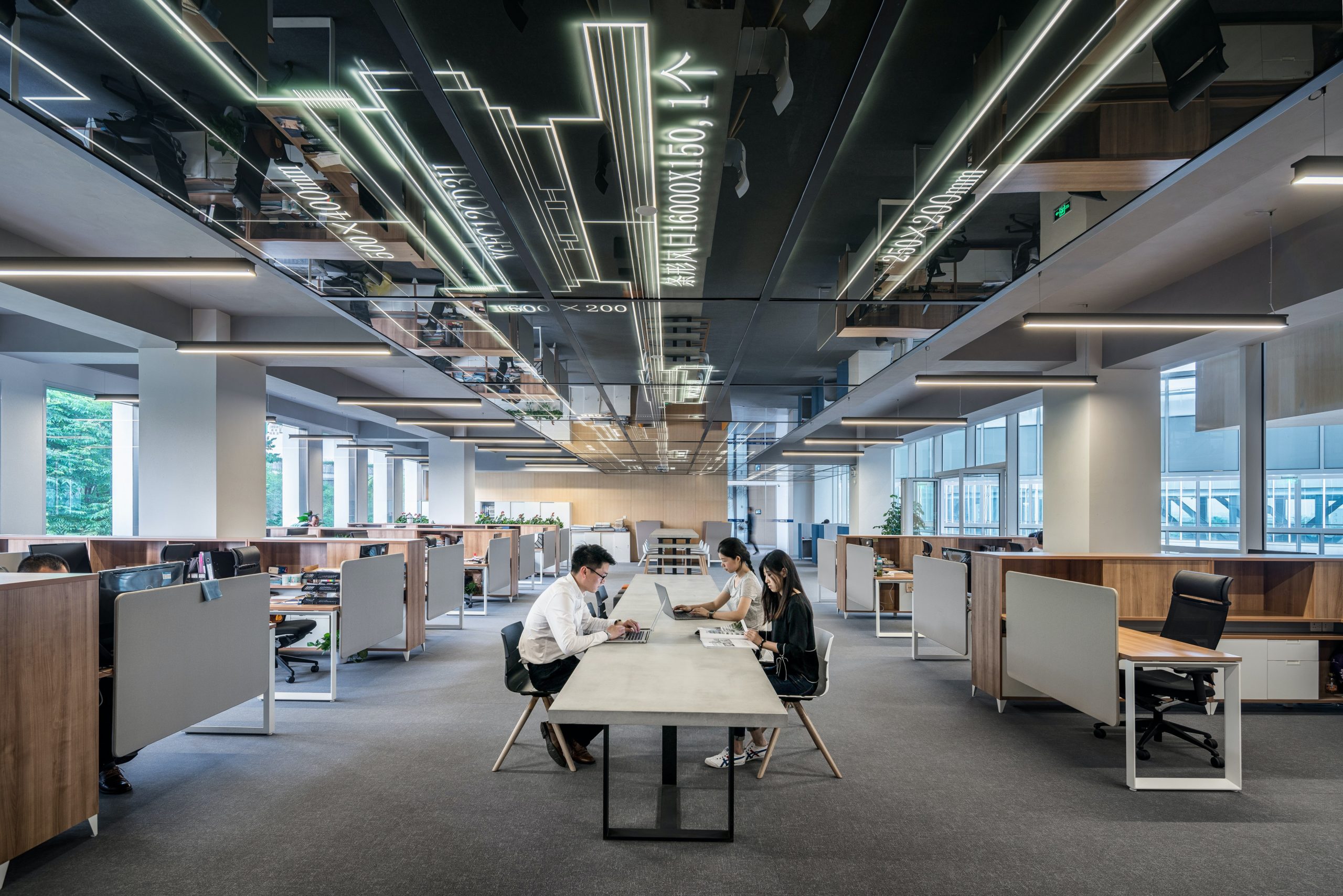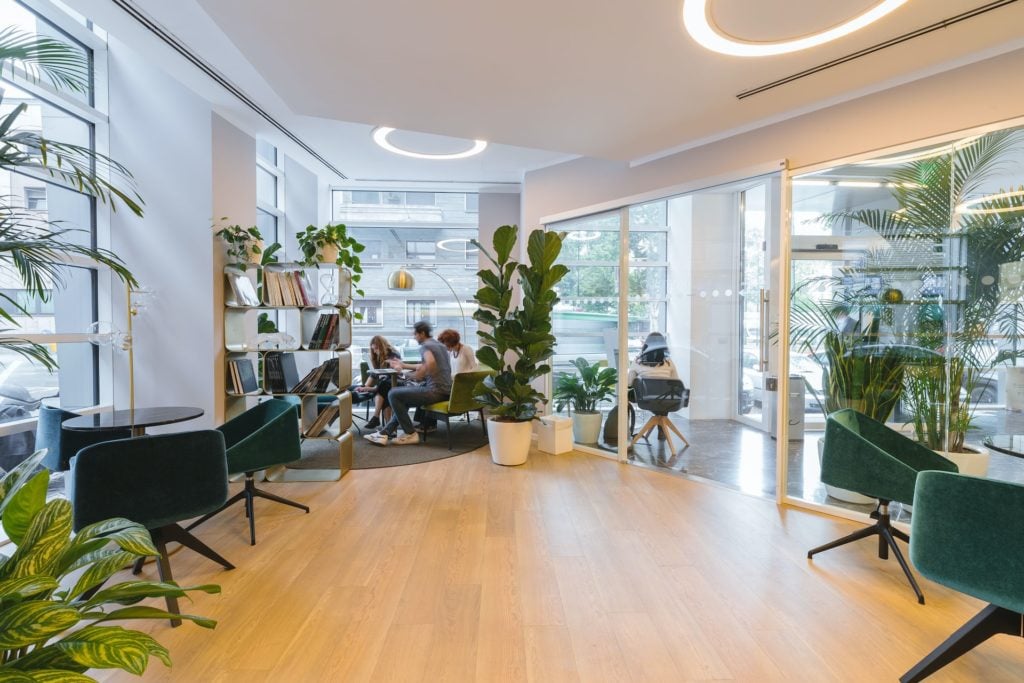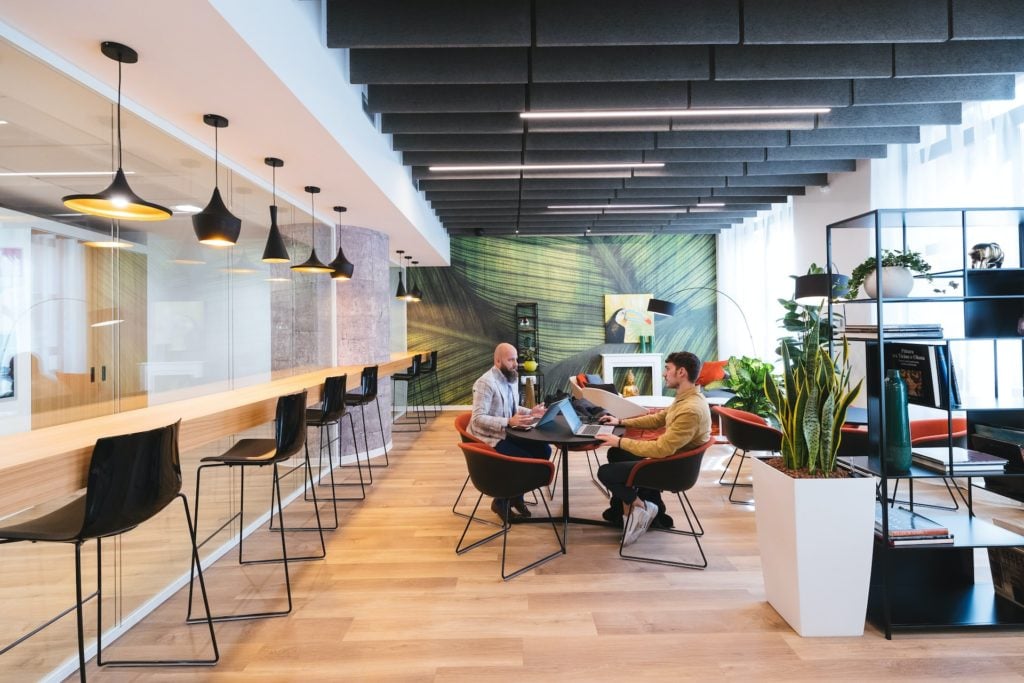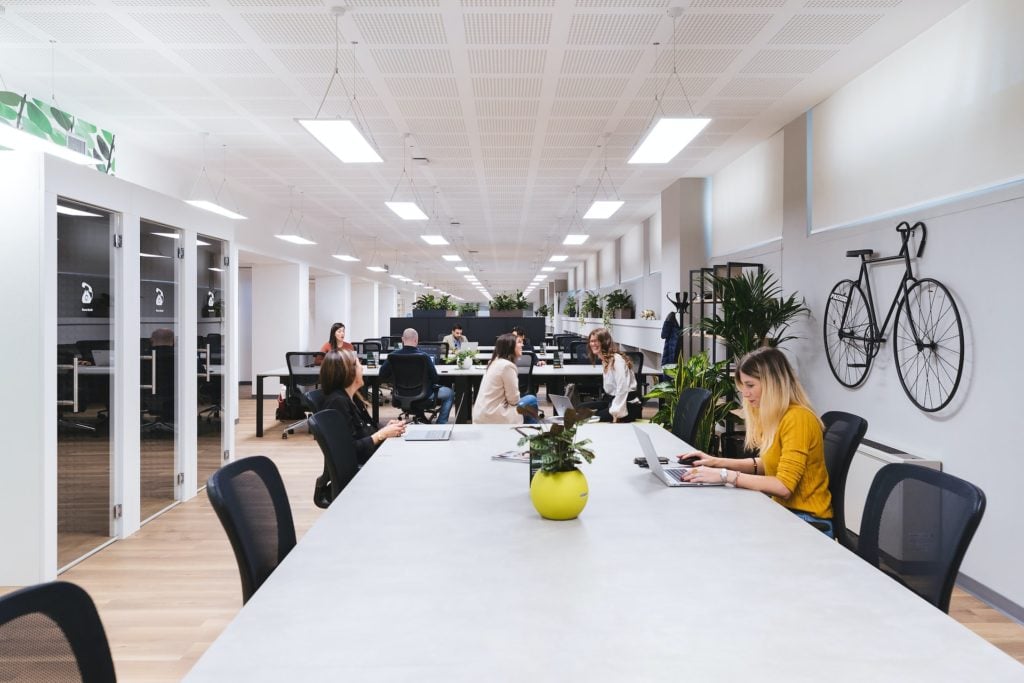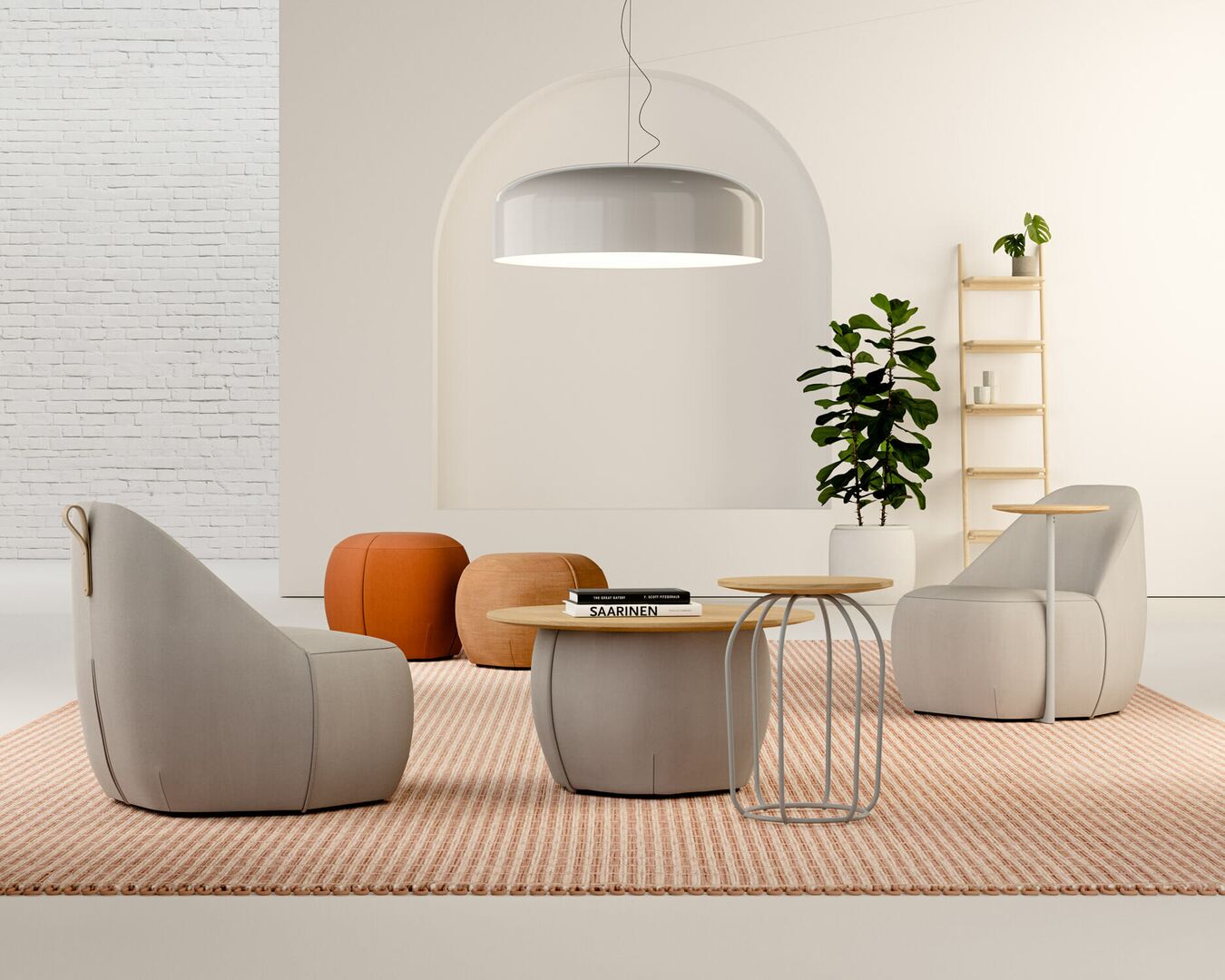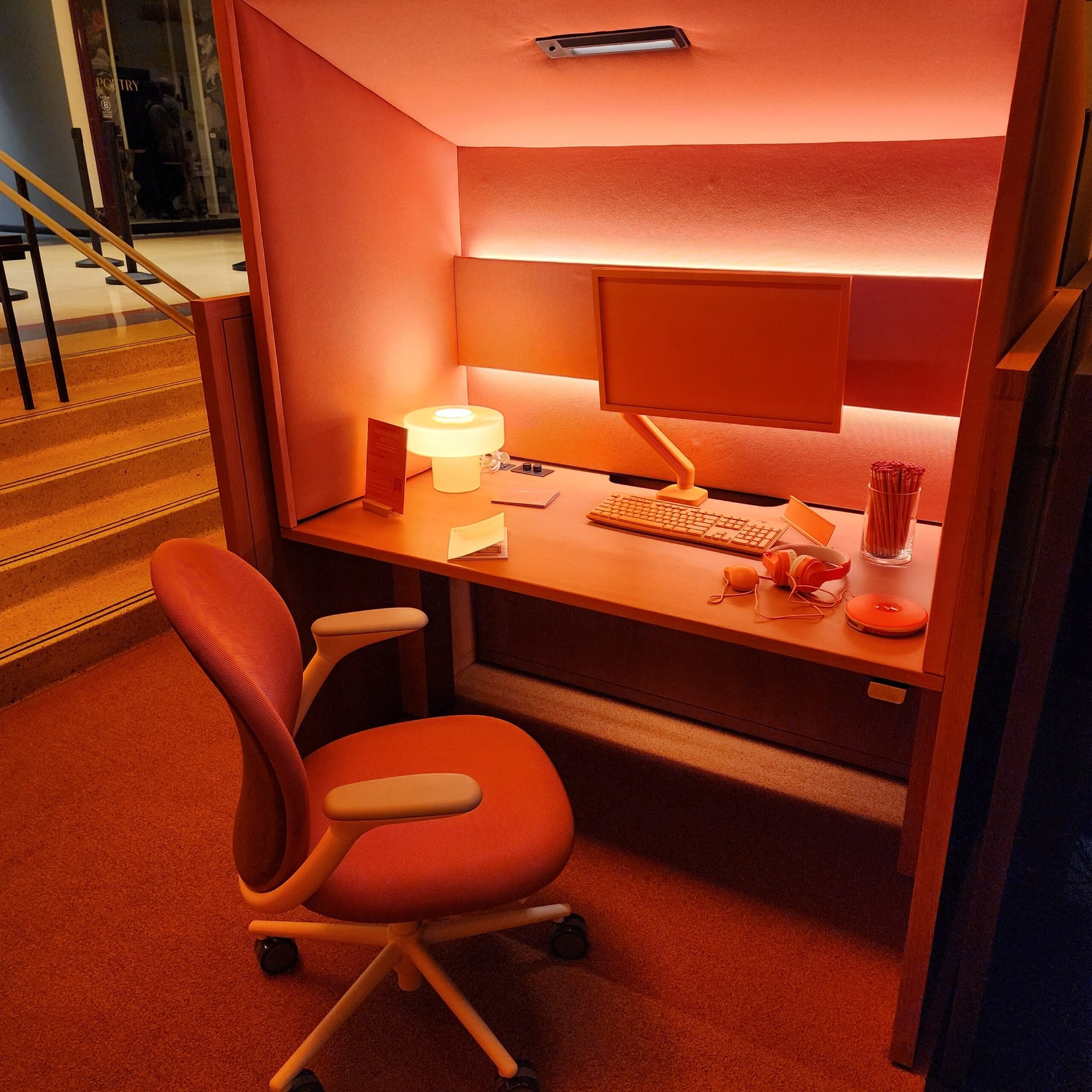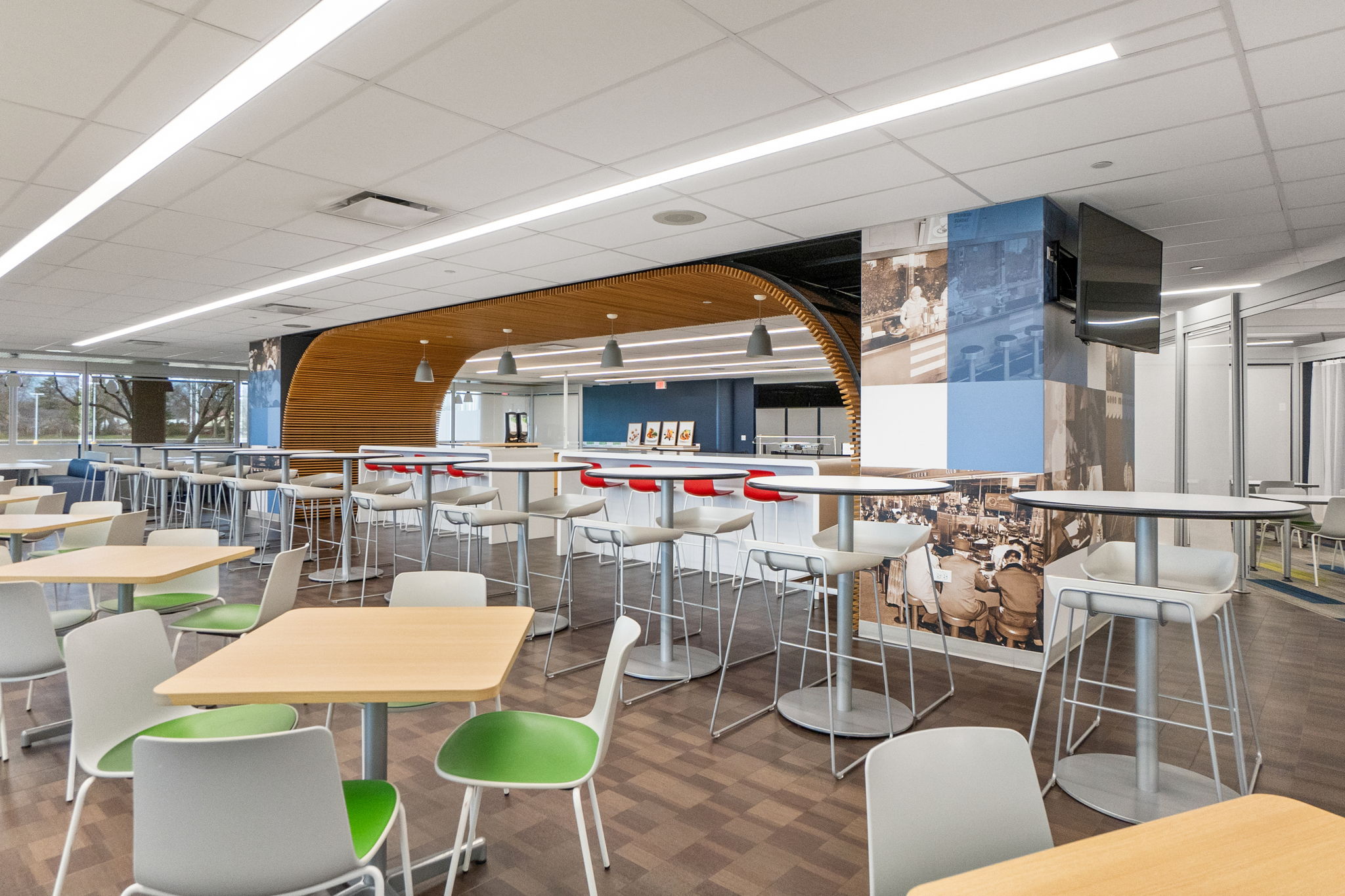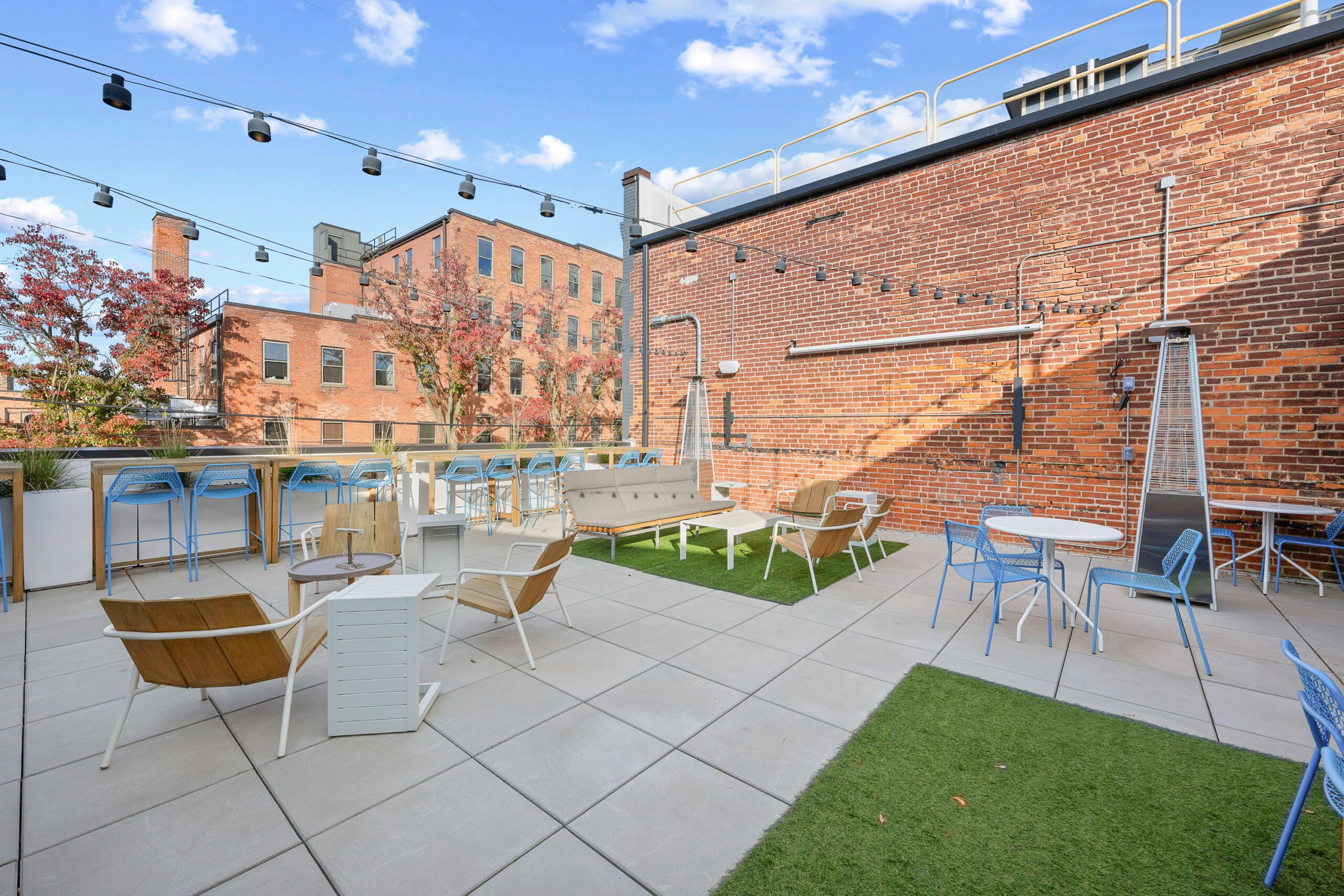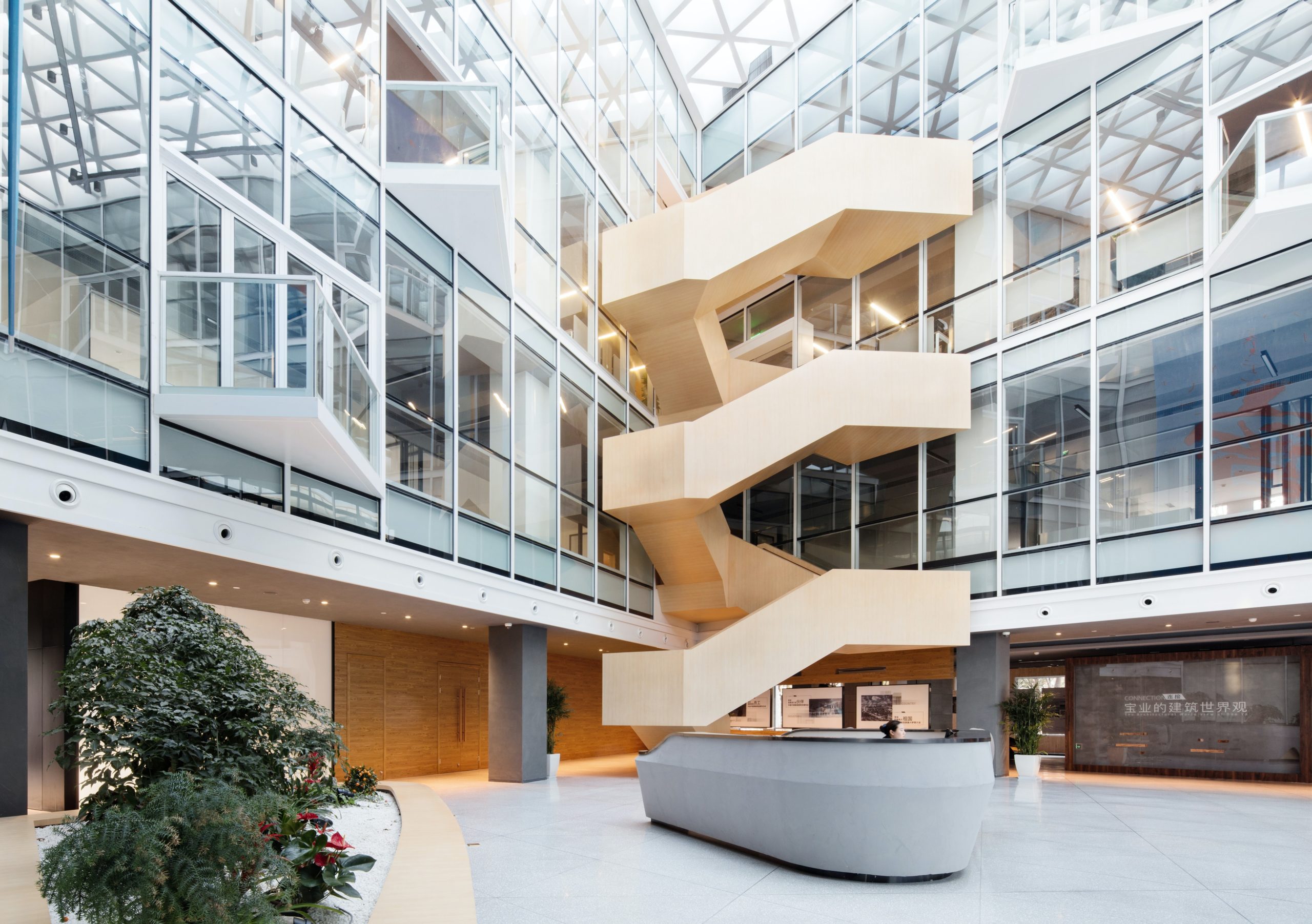
2023 Workplace Design Trends: How to Transform Your Office for the Future
The way we work is changing rapidly, and workplace design trends are evolving to meet the demands of a new era. In 2023, businesses will need to stay up-to-date with the latest design trends to create workspaces that are conducive to productivity, collaboration, and employee well-being. In this article, we’ll take a closer look at the top 2023 workplace design trends and how to implement them in your office space.
Biophilic Design
Biophilic design is a trend that has been gaining popularity in recent years, and it’s set to become even more prominent in 2023. Biophilic design incorporates natural elements into office spaces, such as plants, natural light, and water features. Research has shown that biophilic design can reduce stress, increase productivity, and enhance overall well-being. If you want to incorporate biophilic design into your office space, consider adding plants, using natural materials, and creating spaces that allow for natural light and views of the outdoors.
Hybrid Workspaces
The COVID-19 pandemic has accelerated the adoption of hybrid work arrangements, where employees split their time between working from home and working in the office. As a result, companies are rethinking their office space design to accommodate both remote and in-person workers. In 2023, expect to see more flexible workspaces that can be adapted to meet the needs of both remote and in-person workers. This could include hot-desking arrangements, video conferencing technology, and adaptable furniture.
Smart Offices
Smart office technology is transforming the way we work, providing employees with greater flexibility and improving workplace efficiency. In 2023, smart office technology will be a key trend in workplace design. This could include automated lighting and temperature control, voice-activated assistants, and smart scheduling systems. These technologies can improve the employee experience and reduce the workload of administrative staff.
Agile Working
Agile working is a flexible and adaptable approach to work that empowers employees to work from anywhere and at any time. In 2023, companies will embrace agile working by providing their employees with the necessary tools and technologies to work remotely and collaborate effectively. This could include cloud-based software, collaboration tools, and video conferencing technology. By empowering employees to work on their own terms, companies can improve productivity, job satisfaction, and work-life balance.
Collaborative Workspaces
Collaborative workspaces have become increasingly popular in recent years, as companies recognize the value of teamwork and cross-functional collaboration. In 2023, collaborative workspaces will continue to be a major workplace design trend. These spaces can include open-plan work areas, collaboration zones, and breakout spaces. By creating spaces that encourage collaboration, companies can improve communication, innovation, and employee engagement.
Employee Well-being
Employee well-being is a growing concern for businesses, and in 2023, it will be a major workplace design trend. Companies will be looking for ways to create a healthy and supportive work environment that promotes mental and physical well-being. This could include offering wellness programs, providing ergonomic furniture, and designing spaces that promote relaxation and stress relief.
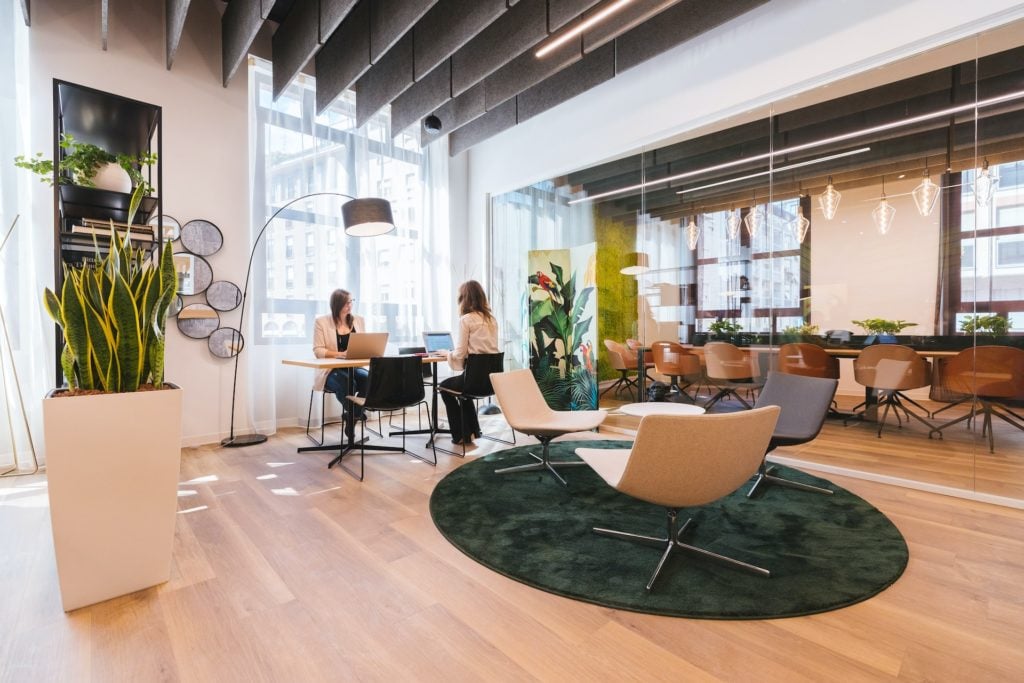
Conclusion
In conclusion, workplace design trends are evolving rapidly to meet the changing demands of the modern workforce. In 2023, businesses must stay current with the latest design trends to create workspaces that promote productivity, collaboration, and employee well-being. The top workplace design trends for 2023 include biophilic design, hybrid workspaces, smart offices, agile working, collaborative workspaces, and employee well-being. By incorporating these design trends into office spaces, companies can create an environment that supports the needs of both in-person and remote workers, improves productivity and employee satisfaction, and promotes a healthy and supportive workplace culture.

